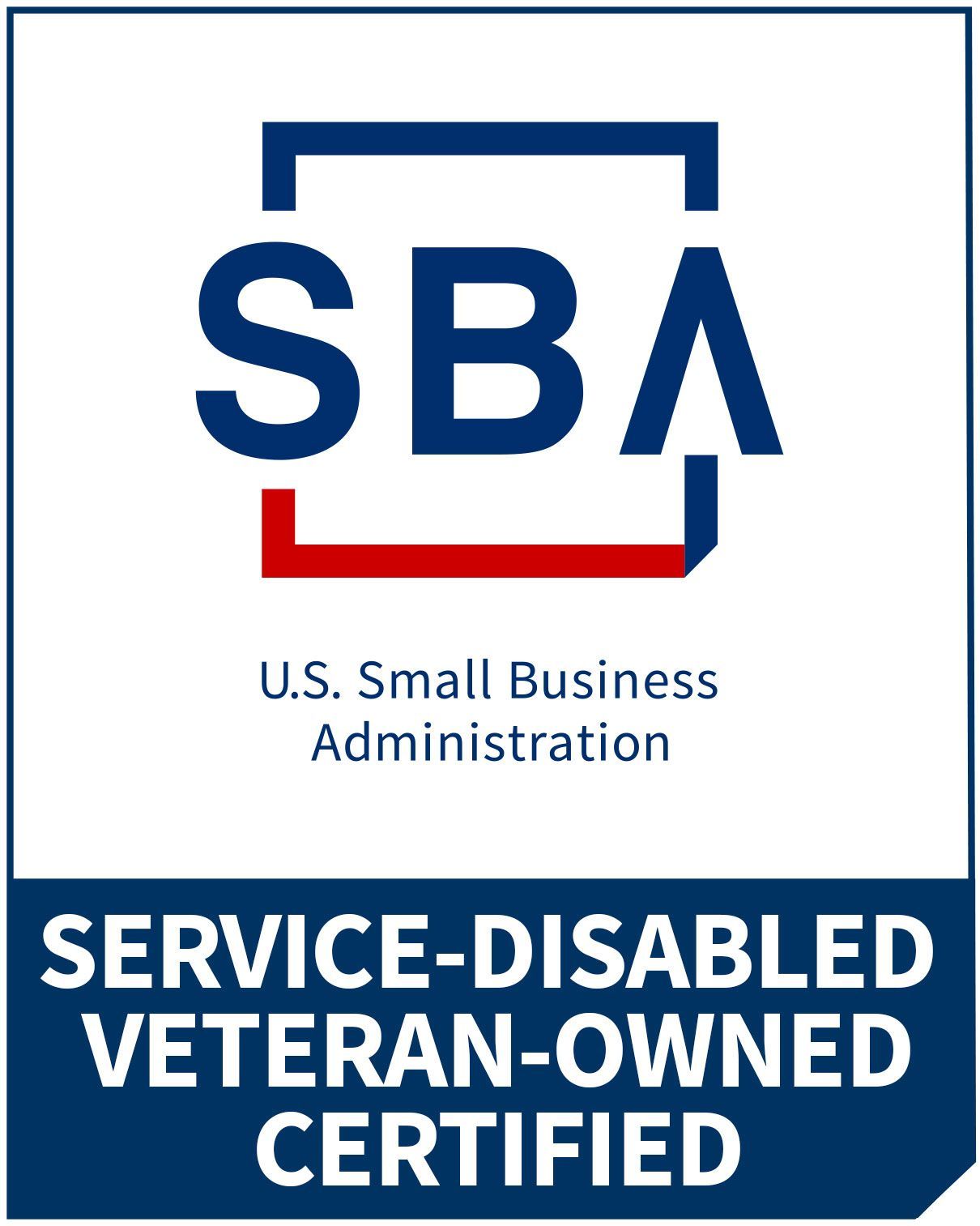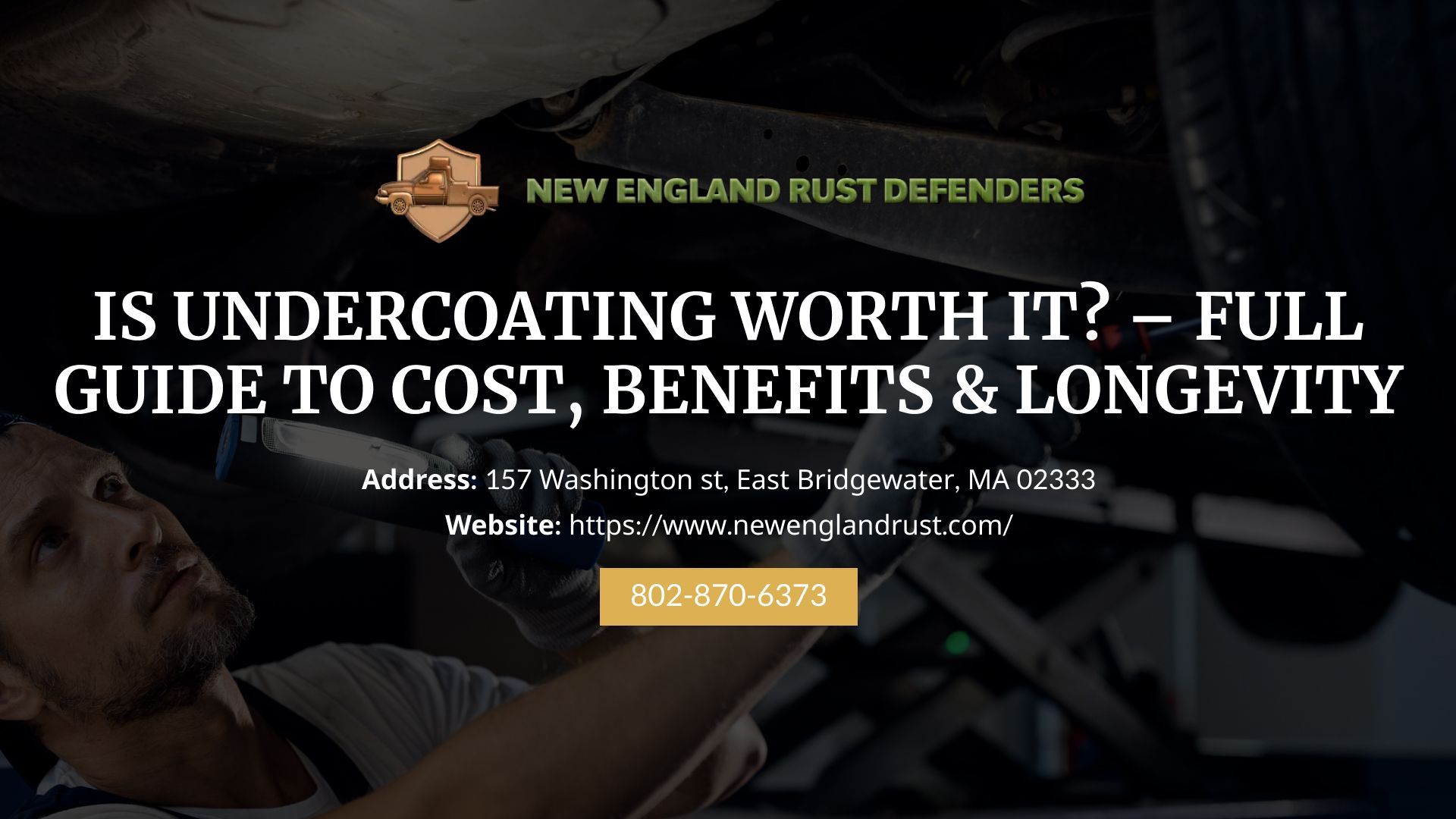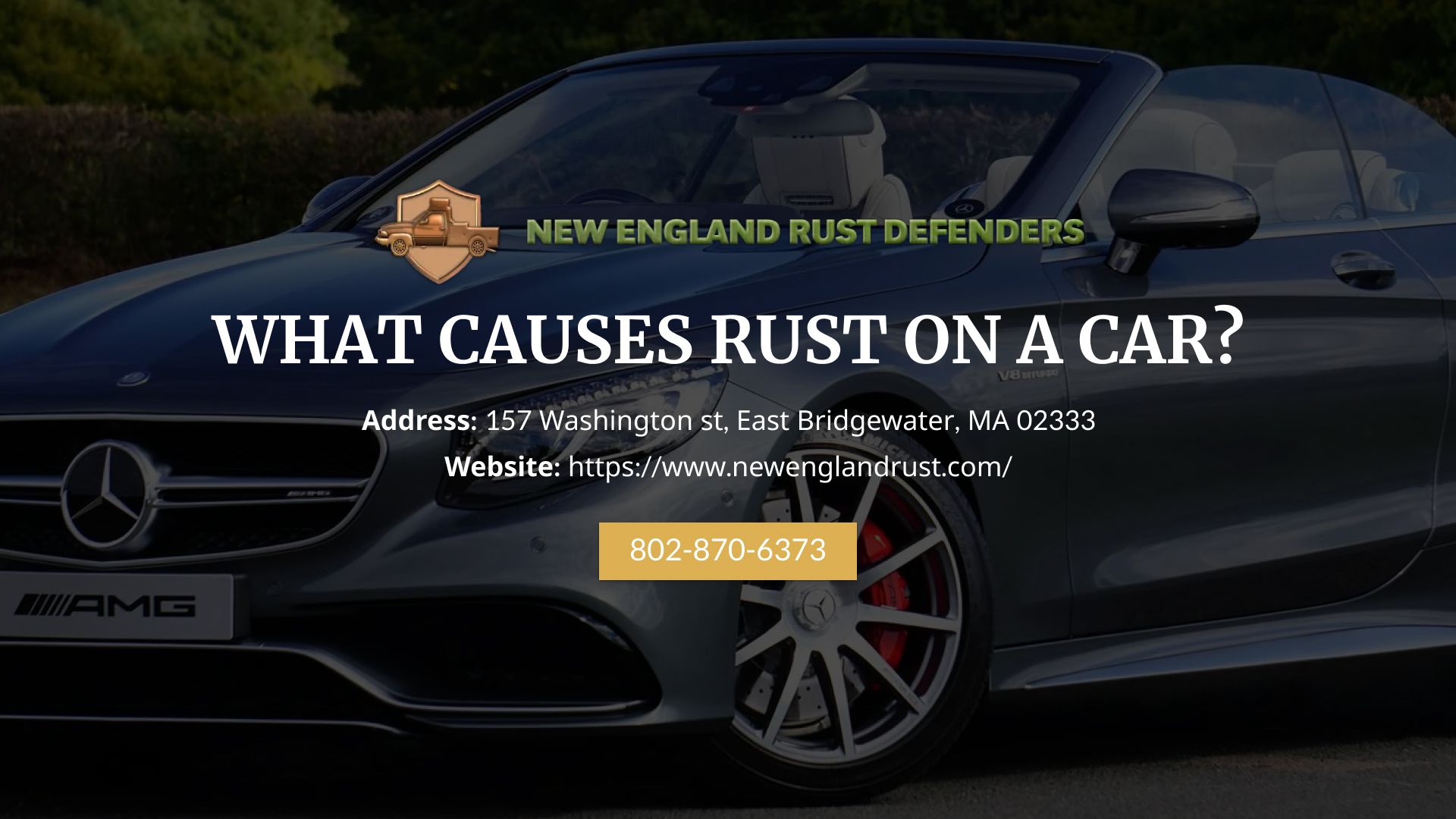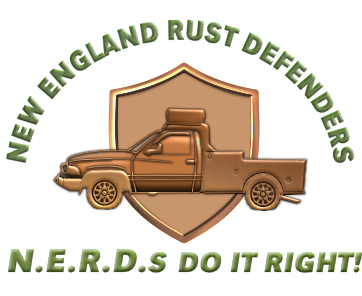How to Stop Rust From Spreading on a Car
Rust can destroy the appearance and structural integrity of your car if not addressed. This guide explains
how to stop rust from spreading on a car, from early corrosion detection to protection of the metal in the long term.
Key Takeaways
- Rust is caused by contact with oxygen and water, compounded by salt, humidity, and chipped paint.
- Detection is important early on; surface rust may be repaired at home, but scaling or frame rust requires professional attention.
- The high-risk zones are the wheel wells, undercarriage, door sills, and fenders, where water and salt get trapped.
- Prevention starts with clean, dry surfaces, regular wax, rust converters or inhibitors, and undercarriage washes.
- DIY suits minor spots, but deep or frame corrosion requires professional rustoration to ensure safety.
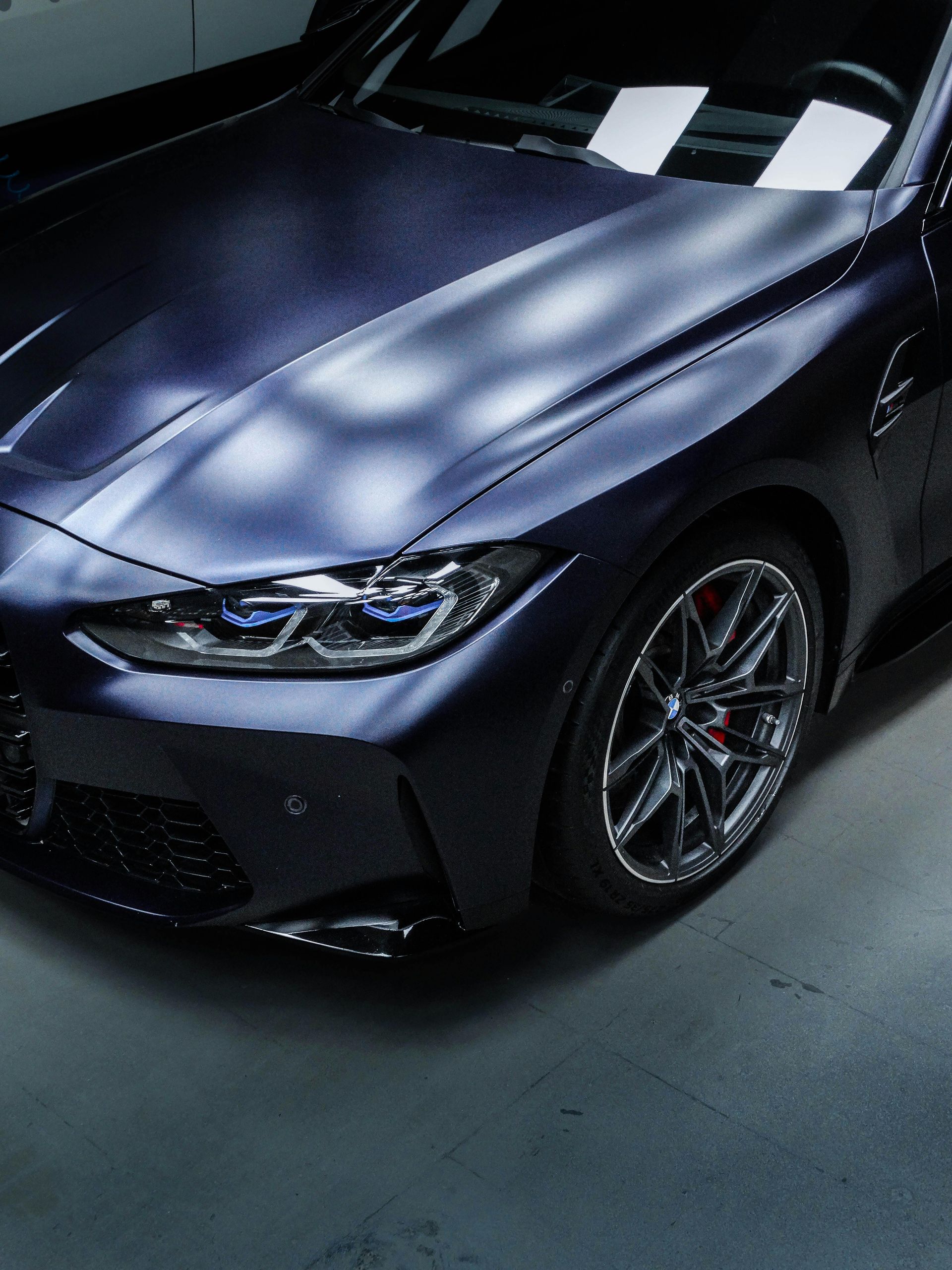
What Is Rust And Why Does It Form On Cars?
Rust forms when metal reacts with oxygen and moisture, producing iron oxide that corrodes a car’s surface. Cars exposed to water, salt, or paint damage face the highest risk. Understanding these oxidation causes helps vehicle owners stop corrosion before it spreads.
- Moisture And Humidity: Water exposure triggers oxidation on bare steel. High humidity and rain increase rust risk, especially for cars stored outdoors.
- Road Salt And Chemicals: Winter road salt and de-icing agents trap moisture and break down protective clear coats, leading to faster corrosion.
- Paint Chips And Scratches: Exposed metal substrate from stone chips or scratches starts the oxidation chain. Sealing damaged spots early prevents spreading rust.
- Poor Drainage And Trapped Water: Blocked drain holes or door channels collect water, allowing corrosion to form beneath panels. Cleaning these areas prevents buildup.
- Climate And Weather Exposure: Coastal climates with salty air cause more rust than dry inland regions. Acid rain, snow, and humidity further accelerate paint breakdown.
How Rust Spreads On Cars
Wondering, “Does rust spread”? Rust expands as iron oxide forms beneath the paint film, lifting it and exposing new metal. The process moves from surface rust to scaling, then to deep frame rust. Without quick action, it can weaken your car’s structure and safety.
Surface Rust
This early stage shows as brown discoloration or light flaking. It can be removed by light sanding or abrasive polishing. Early attention keeps the body panels intact.
Scaling Or Bubbling Rust
When paint blisters or bubbles, corrosion has reached the metal base. Pitting and rough texture signal deeper damage that needs sanding and repainting to stop expansion.
Deep Or Frame Rust
Frame rust penetrates deep into the chassis and undercarriage. At this point, professional rustoration service is essential to restore structural strength and stop further decay.
Common Areas Where Rust Forms
Certain parts of a vehicle are more prone to corrosion. These zones should be inspected and cleaned frequently.
- Undercarriage And Frame: Salt and grime collect underneath, attacking welds and suspension components.
- Wheel Wells And Fenders: Impact from stone chips paint easily, exposing raw steel.
- Door Sills And Rocker Panels: Moisture traps here accelerate corrosion from the inside out.
- Paint Chips And Scratches: Even minor chips on the hood or doors can start the rust cycle.
How To Prevent Rust On Cars
If you are searching for how to stop the spread of rust on a car, here are tips for you:
1. Keep Your Car Clean And Dry
Regular washing removes salt, mud, and pollutants that feed oxidation. Always dry the surface and undercarriage to prevent trapped moisture.
2. Wax Your Car Regularly
Applying automotive wax forms a hydrophobic layer that repels water and contaminants. This barrier coating slows down oxidation and keeps the paint glossy.
3. Fix Scratches Or Dents Immediately
Unsealed scratches expose bare metal to oxygen. Use touch-up paint or sealants to protect these areas before corrosion starts.
4. Use Rust Inhibitor Products
Spraying rust inhibitors or corrosion protectants neutralizes oxidation and blocks moisture. Products with zinc additives offer extra durability.
5. Keep The Undercarriage Clean
After snow or rain, rinse the undercarriage to remove salt buildup. Regular detailing helps protect the frame, axles, and brake lines from corrosion.
6. Use Rust Converters
Rust converters chemically change iron oxide into a stable, paintable surface. This step seals the area and halts active corrosion.
7. Address Water Leaks
Check window seals, drain channels, and door gaskets to avoid trapped water. Fixing leaks prevents recurring rust under carpets or panels.
8. Use Rust Prevention Sprays
Seasonal application of anti-corrosion sprays or oil-based coatings keeps hidden areas protected from oxidation and salt exposure.
What To Do If Rust Has Started
Once rust appears, act fast to stop spreading. Learn more in our guide on how to fix vehicle rust to choose the right treatment based on severity.
Light Surface Rust
Light rust can be sanded, cleaned, and sealed with primer and paint. Quick removal prevents scaling and maintains surface integrity.
Scaling Or Bubbling Rust
Moderate corrosion needs grinding, priming, and repainting. Using a dual-action sander helps smooth rough patches before refinishing.
Deep Or Frame Rust
Severe rust requires professional rustoration services. Experts at New England Rust Defenders can repair the frame, reinforce metal panels, and apply protective coatings.
Does Rust Spread After Treatment?
Proper sealing and coating stop rust from spreading. However, skipping surface prep or leaving moisture under paint can restart corrosion. Always ensure complete drying before sealing.
Rust Repair Cost: DIY Vs Professional
Repairing car rust can range from a simple weekend project to a full structural restoration. The right choice depends on the severity of corrosion, available tools, and long-term goals.
| Type of Repair | Typical Cost Range | Time Required | Effectiveness | Recommended For |
|---|---|---|---|---|
| DIY Rust Repair Kit | $40 – $100 | 2–6 hours | Moderate | Small surface rust spots |
| DIY Sanding and Painting | $100 – $300 | 1–2 days | Fair | Minor bubbling rust or door panel touch-ups |
| Professional Spot Rust Repair | $200 – $600 | 1 day | High | Localized corrosion on body panels |
| Professional Rustoration (Frame Repair) | $1,000 – $2,000+ | 2–5 days | Excellent | Severe frame rust or structural corrosion |
| Full Rust Protection Package | $500 – $1,200 | 1–2 days | Long-Term | Complete undercoating and anti-corrosion treatment |
Conclusion: DIY repairs may handle minor oxidation, but deep frame corrosion requires skilled restoration to ensure safety and durability. The cost varies by damage level and materials.
For a complete comparison, see the car rust repair cost for detailed pricing insights.
Keep Your Car Rust-Free With Expert Care
Protect your investment with professional help! New England Rust Defenders specializes in Rustoration service in East Bridgewater, MA, offering undercoating, detailing, and corrosion prevention. Book your inspection today to stop rust before it spreads.

